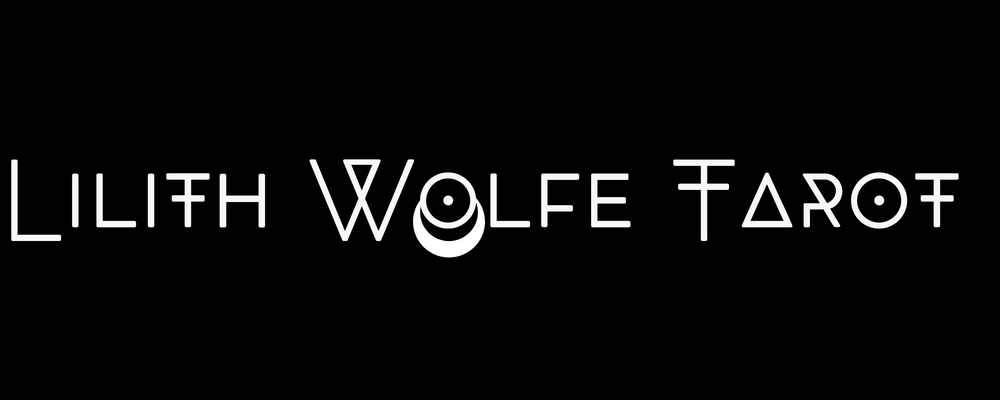Lilith Wolfe Tarot
Pan | Altar
Couldn't load pickup availability
Pan was not worshipped in temples or other built edifices, but in natural settings, usually caves or grottoes such as the one on the north slope of the Acropolis of Athens. These are often referred to as the Cave of Pan. The only exceptions are the Temple of Pan on the Neda River gorge in the southwestern Peloponnese – the ruins of which survive to this day – and the Temple of Pan at Apollonopolis Magna in ancient Egypt.
Pan is the god of the wild, shepherds and flocks, rustic music and impromptus, and companion of the nymphs. He has the hindquarters, legs, and horns of a goat, in the same manner as a faun or satyr. With his homeland in rustic Arcadia, he is also recognised as the god of fields, groves, wooded glens, and often affiliated with sex; because of this, Pan is connected to fertility and the season of spring.















